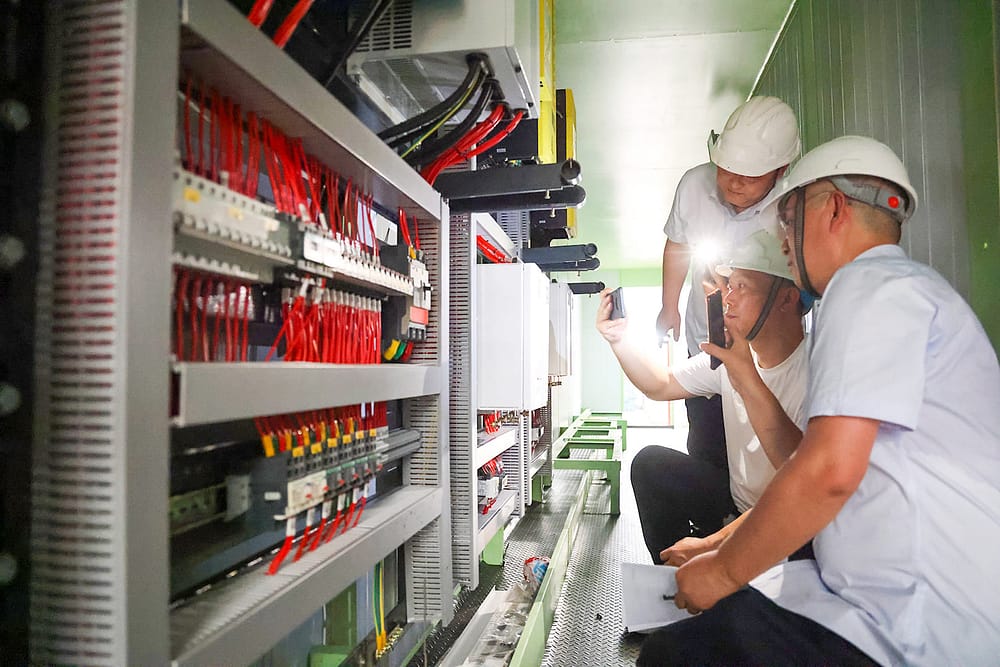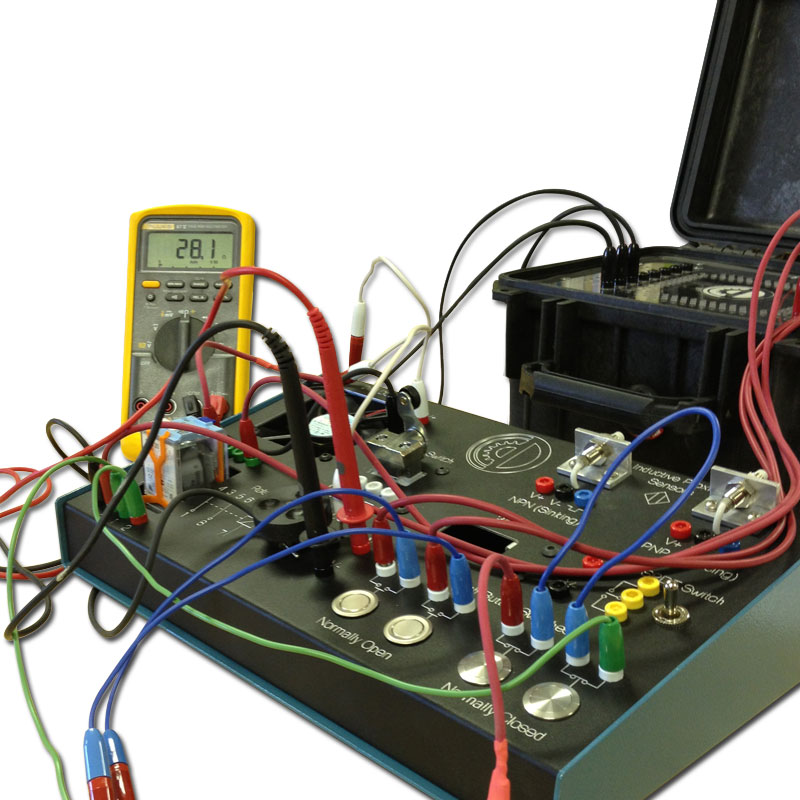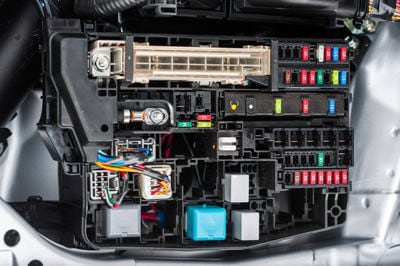Top Tips for Effective Electric System Troubleshooting
Repairing electric systems calls for a systematic approach, based in an extensive understanding of electrical principles and security protocols. By familiarizing oneself with circuit components, utilizing crucial tools, and adhering to an organized assessment method, specialists can successfully determine and deal with problems. Nonetheless, the nuances of reliable troubleshooting expand beyond plain technical knowledge; comprehending just how to record findings and prioritize safety can considerably affect outcomes. As we explore these essential aspects further, it comes to be clear that mastering this process is not just useful but important for success in the area.
Understand the Essentials
Comprehending the basics of electrical systems is necessary for reliable troubleshooting, as a solid structure allows technicians to identify and deal with problems a lot more efficiently. A detailed grasp of electric principles, such as voltage, current, resistance, and power, is critical in recognizing the origin of troubles. Voltage is the electrical prospective distinction that drives existing with a circuit, while resistance opposes the flow of present, impacting the total performance of the system.
Knowledge with circuit elements, including resistors, capacitors, diodes, and changes, is likewise critical. Each component plays an unique function in circuit actions and can influence performance when malfunctioning. Additionally, recognizing series and parallel circuit arrangements is essential, as these setups influence the circulation of voltage and current within the system.
Professionals have to be aware of prospective threats, such as shock and brief circuits, to carry out secure troubleshooting methods. By understanding these fundamental concepts, service technicians enhance their capability to carry out effective diagnostics and repair services, eventually leading to enhanced efficiency and dependability of electrical systems (electrical system troubleshooting).
Gather Necessary Devices
Efficient troubleshooting of electrical systems needs the best collection of tools to detect and resolve concerns precisely. A well-appointed specialist can dramatically improve efficiency and effectiveness in identifying problems. Important tools include a multimeter, which determines voltage, present, and resistance, enabling exact assessments of electrical components. Secure meters are also beneficial for determining present without disconnecting the circuit, making sure safety and comfort.
Additionally, shielded hand devices such as screwdrivers, pliers, and cord strippers are critical for securely manipulating electric connections. It is additionally advisable to have a circuit tester accessible to verify the visibility of voltage in electrical outlets and cords. For more complex systems, a thermal imaging cam can aid spot overheating elements, indicating prospective failings.

Follow a Systematic Approach
Having actually collected the suitable devices, the next action in troubleshooting electrical systems is to adhere to a systematic technique. A methodical strategy guarantees that service technicians can recognize faults successfully and precisely, reducing downtime and stopping unneeded repair work.
Begin by evaluating the system's schematic diagrams and specifications. This includes checking each element methodically, beginning from the power resource and functioning in the direction of the tons.
Utilize testing devices, such as multimeters and oscilloscopes, to collect unbiased information regarding voltage, current, and resistance at different factors within the system. This empirical evidence will certainly lead your troubleshooting initiatives and aid to validate or eliminate possible causes of failure.
Furthermore, consider ecological aspects that may influence the system's efficiency, such as temperature level fluctuations or wetness ingress. A comprehensive evaluation of electrical wiring, connections, and elements will certainly guarantee that all opportunities are made up.
Paper Your Searchings For
Comprehensive paperwork is crucial electrical system troubleshooting in the repairing process of electrical systems. Exact documents improve the performance of determining recurring problems and facilitate interaction among employee. Each searching for ought to be meticulously kept in mind, including signs and symptoms observed, tests performed, and the outcomes of those examinations. electrical system troubleshooting. This method not only aids in comprehending the source of the issue but also functions as a recommendation for future troubleshooting efforts.

Furthermore, preserving a log of components changed or fixings done is important. This information supports inventory management and can help evaluate the longevity and integrity of particular components.
Eventually, the documentation process should be complete yet succinct, allowing easy retrieval and review - electrical system troubleshooting. By prioritizing comprehensive documents, professionals can produce a useful data base that not just aids in present troubleshooting however likewise encourages future maintenance efforts, consequently improving general system dependability

Prioritize Safety And Security Measures
Acknowledging the integral dangers connected with electrical systems is crucial for ensuring safety and security during troubleshooting. Electrical shock, burns, and devices damages are just a few of the potential hazards that service technicians deal with. Focusing on precaution is not only a legal obligation but also a moral important that safeguards both the service technician and the surrounding atmosphere.
Before beginning any kind of troubleshooting job, specialists must don suitable personal protective tools (PPE), including shielded gloves, security glasses, and flame-resistant garments. Making certain that the workspace is dry and without mess can significantly reduce the danger of crashes. It is crucial to de-energize circuits before beginning any kind of work, verifying that they are not live through the usage of a multimeter or voltage tester.
Developing clear communication procedures with employee is also vital; this makes certain that everybody recognizes potential dangers and the standing of the electric system being serviced. Having an emergency reaction plan in place can verify very useful in the event of an incident. By prioritizing precaution, technicians can effectively alleviate risks and promote a more secure work environment.
Conclusion
Reliable electrical system fixing counts on a detailed understanding of essential principles and a methodical approach. By gathering crucial devices, sticking to methodical examination strategies, and carefully documenting findings, the troubleshooting process becomes a lot more effective and trustworthy. Prioritizing precaution makes sure the well-being of people included and the honesty of the electrical system. Applying these techniques will boost the fixing experience, leading to quicker resolutions and enhanced functional performance in electrical systems.